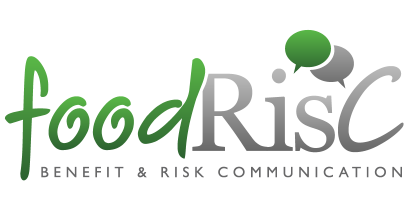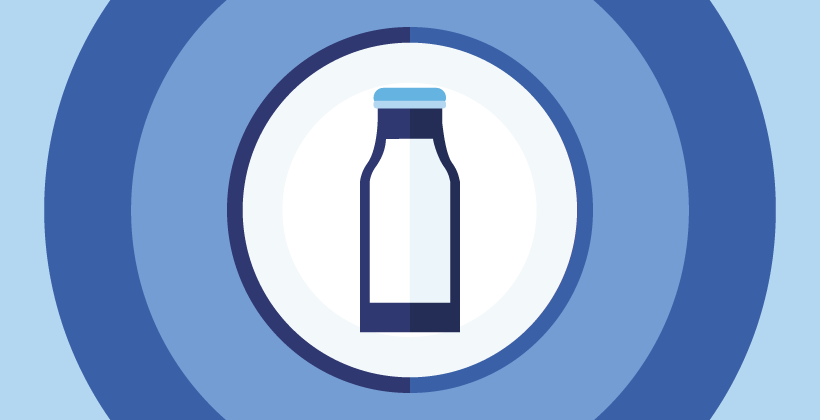Promoting food safety through a new integrated risk analysis approach (SAFE FOODS)
Last Updated : 01 June 2008The Integrated Project SAFE FOODS (2004-2008) is funded by the EU Sixth Framework Programme. SAFE FOODS aims to restore consumer trust in the European food chain by improving current practice in the governance of food safety. In particular, the project focuses on the development of more transparency, a better interaction and more effective communication throughout the risk analysis process. Therefore, SAFE FOODS is developing an improved governance framework that addresses these concerns and integrates most recent research on technologies and methodologies for assessing and managing food safety. The European Food Information Council is pleased to be part of this consortium in its capacity an information disseminator.
Combining many research disciplines, SAFE FOODS is developing a new framework for risk analysis, strengthened by new scientific assessment methods, and embedded in a broad impact analysis of social and economical consequences.
Questions are addressed regarding:
- The applicability of new informative profiling methods for the identification of emerging risks in food production. This is used to check whether different agricultural reeding techniques (traditional, genetic modification) and/or production methods (high- or low-input systems) influence the composition of food and whether they also carry inherently different risks.
- How a working-procedure can be designed for the early identification of emerging chemical or microbial risks in food production chains in an expanding European market
- The analysis of uncertainties in risk assessment and the development of combined exposure assessment (mycotoxins, pesticides, natural toxins)
- How information about risk assessment should be communicated to the public and how public concerns can be incorporated into this process. This work is based on a thorough analysis of the differences in food risk perceptions of consumers, experts, and decision-makers
- How effective communication and inclusive public participation in risk management and science and technology policy can be developed
- The role of institutions involved in risk assessment and management in the light of a broader risk analysis framework taking socio-economical, risk-benefit issues, consequences of introducing novel foods and new production methods into account.
The input from this research is used to develop a new SAF FOODS Risk Analysis Framework. Furthermore, the opinions of a wide range of stakeholders are taken into account. In collaboration with EUFIC, SAFE FOODS has organised a first, large multi-stakeholder Conference in Athens, Greece on 19 October 2005 to share results and to get comments and feedback by invited stakeholders (ranging from risk managers to scientists, industry and NGO’s).
This had led to a new SAFE FOODS model with the following novel elements:
- Active public engagement
- High levels of transparency and more emphasis on communication
- The evaluation of new methods for risk assessment of food safety/nutrition issues (probabilistic risk assessment, genomics, profiling methods)
- Integration of Quality of Life parameters (e.g. animal welfare, sustainability)
- Inclusion of economical factors in the risk analysis process
- Strategies for the analysis of risks and benefits of novel foods/food production technologies
- A shift from single risk assessment to considering foods as sources of risks
The major outcome of the SAFE FOODS project will be a new risk analysis approach for food safety management that integrates risk assessment of human health, consumer preferences nd values, as well as impact analysis of socio-economical aspects.
For more information on the SAFE FOODS project go to www.safefoods.nl
To view related articles on the EUFIC website go to Farm to Fork, GMOs or to Food processing.



